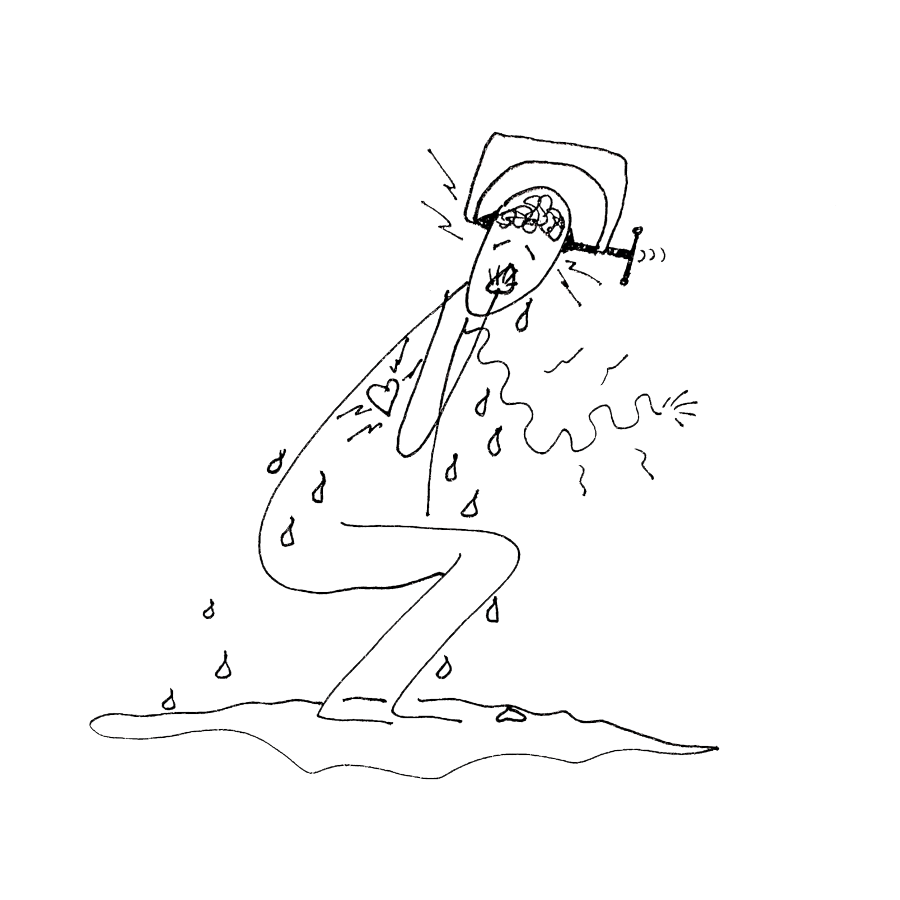Post Exertional Malaise (PEM)

For the last three years, Covid long haulers have had to become their own advocates and researchers as they lobby for recognition, funding and proper healthcare. Their knowledge has been hard-won against a backdrop of sickness. They’ve pushed through symptoms that ravaged their previously able-bodies and become the experts of their own disease.
That is why we decided that all the symptoms on this website should be written by patients, for patients. As our co-founder Jenene Crossan says “They poured their hearts, their souls and their deep determination to find just enough energy to put their experiences down for others to benefit from”.
Although we do not intend to give medical advice, the articles have been fact-checked by a wonderful doctor who is suffering from Long Covid too.
About the author
I was an active guy in my early 30s who liked to run, socialise, mahi | work hard and play music. Since getting Long Covid in mid-2021, including Post Exertional Malaise (PEM), I lost huge parts of my identity because of my disability. My body would ‘crash’ at the drop of a hat and I’d often fall asleep mid-conversation.
To cope, I had to move back in with my wonderful parents. I still play a little music for enjoyment, in rest homes – very appropriate, given my energy levels!
I have found a new sense of identity through online tautoko | support groups and as an advocate for Long Covid and ME/CFS. This happens via blogging, writing and as a board member for MECFS Canterbury. I had ME/CFS when I was younger and had mostly recovered, but Covid triggered it again.
I have been doing better in recent months, and my symptoms are now mild.
– Male, NZ European, Ōtautahi/Christchurch

DISCLAIMER: THIS WEBSITE DOES NOT PROVIDE MEDICAL ADVICE
Content shared on this website is for informational purposes only. It should not be taken as a substitute for professional medical advice. Always seek the advice of a qualified healthcare professional regarding a medical condition, diagnosis or possible treatments. Long Covid Support Aotearoa is not liable for risks associated with using or acting upon the information provided on this website.
